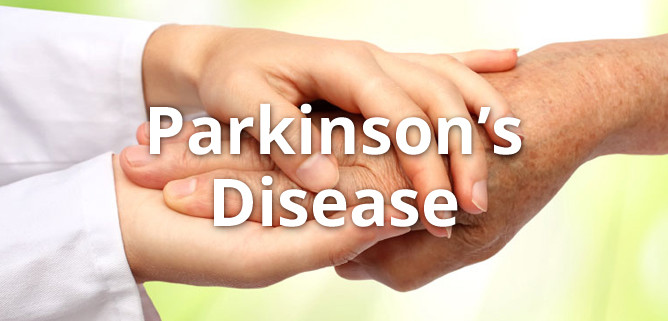Massage Therapy as Complementary Treatment for Parkinson’s Disease
Parkinson’s disease (PD) affects approximately 1 million Americans, with nearly 60,000 new cases diagnosed each year. Worldwide, about 10 million people have been diagnosed with this disease. PD occurs when the brain begins to slowly stop the production of dopamine. This will affect a person’s ability to control his or her body and its movements, as well as emotions. The chances of developing PD increases with age and symptoms may not be too apparent at first, as this disease progresses slowly. PD’s physical symptoms can have a strong effect on a person’s quality of life, and may affect family members as well.
Complementary medicine is often used in the treatment of PD, with massage therapy being one of the most popular. 54% of PD patients in the United States reported using complementary medicine, and cited massage therapy and aromatherapy as the most commonly used (Ferry, Johnson, & Wallis, 2002). A study by Japanese researchers Donoyama and Ohkoshi (2012) may provide positive insights for those affected by PD and considering complementary therapy.
The researchers gathered 10 adults who had been diagnosed with PD. These participants had expressed interest in pursuing massage therapy in conjunction with their standard treatment. The researchers wanted to measure the participants’ walking disturbance and speed, range of motion for those suffering from frozen shoulder (pain and restriction of movement in the shoulder), hypophonia (difficulty speaking loudly or clearly), as well as other physical symptoms such as muscle pain and fatigue.
The 10 participants received a single intervention consisting of a 30-minute full body massage. The massage consisted of traditional Japanese techniques by mainly using kneading (less stroking/pressing) with moderate-pressure while the participants were clothed. For participants suffering from frozen shoulder, a shoulder joint massage was incorporated. Attention was paid to both the more severe and less severe sides of the body.
Results showed significant improvements for all measurements. Walking speed and ability both increased. The researchers noted that one of the participants took 95 seconds to walk 10 meters pre-test, but post-massage was able to walk the same distance in 21.5 seconds. All of the participants suffering from frozen shoulder had an almost full range of motion restored immediately following the massage. Hypophonia was also decreased in participants, with a difference of 18.8 points pre- and post-massage. Additional physical symptoms such as muscle pain and fatigue decreased as well.
While the results provide significant improvements for the participants, it is important to note that the sample size for the study was very small. A larger sample size is needed to support the findings of the study. In addition to a larger sample size, a longitudinal study, or increasing the time of the study and amount of interventions, may shed light on the long-term effects of massage for those with living with PD. Lastly, a quality of life measurement should be incorporated so as to measure any emotional benefits PD patients may achieve.
Nonetheless, this study has found that massage therapy does provide immediate physical benefits for those diagnosed with PD, and that massage therapy combined with standard treatment may provide significant alleviation of symptoms.
References
Donoyama, N., & Ohkoshi, N. (2012). Effects of Traditional Japanese Massage Therapy on Various Symptoms in Patients with Parkinson’s Disease: A Case-Series Study. The Journal of Alternative and Complementary Medicine, 18(3), 294-299. doi:10.1089/acm.2011.0148
Ferry, P., Johnson, M., & Wallis, P. (2002). Use of complementary therapies and non-prescribed medication in patients with Parkinson’s disease. Postgraduate Medical Journal, 78(924), 612-614. doi:10.1136/pmj.78.924.612



Follow Us!